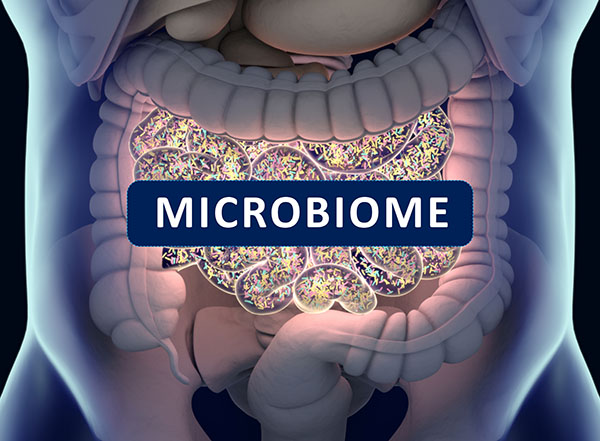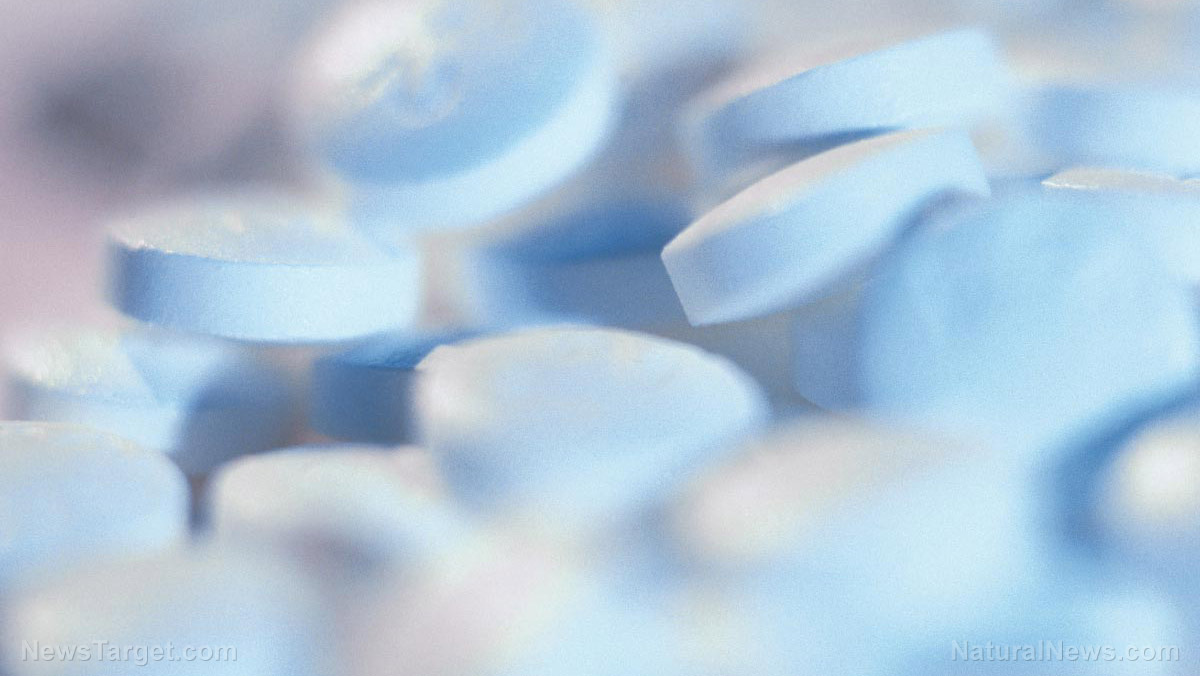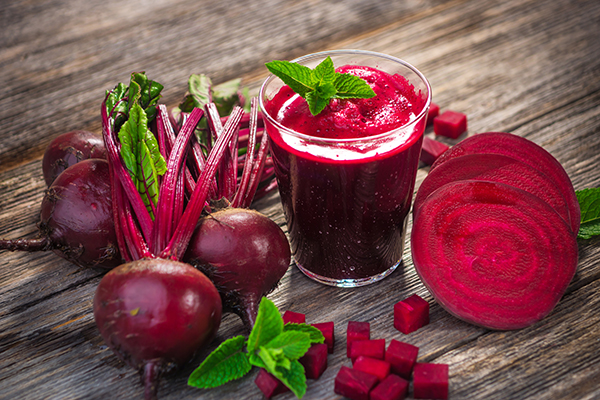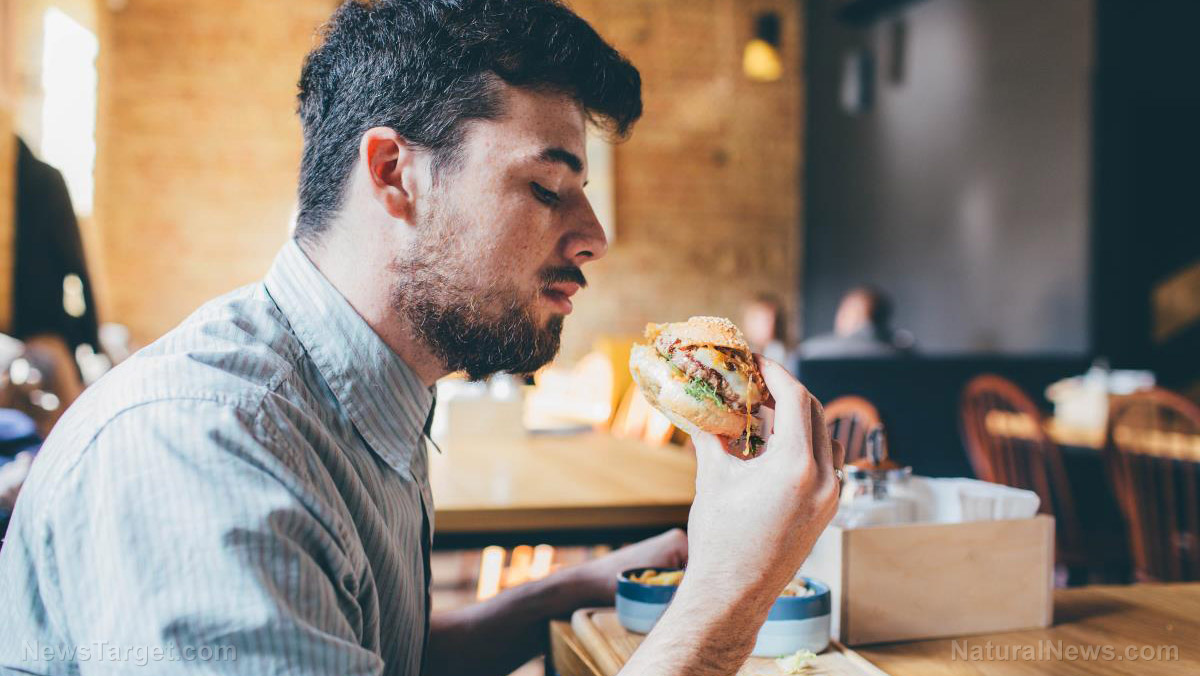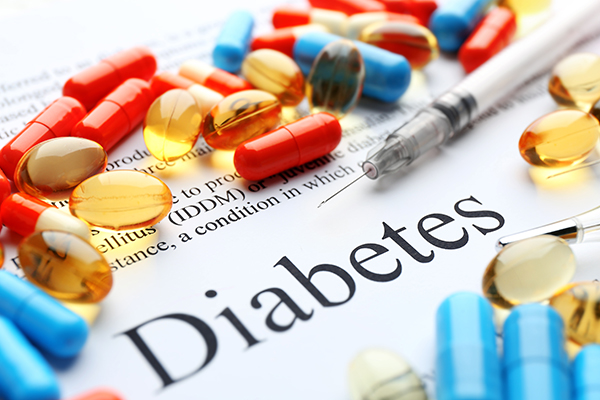Study: Regular consumption of FAST FOOD linked to FATTY LIVER DISEASE
11/17/2023 / By Ramon Tomey

Fast food is often touted as convenient, inexpensive and tasty. But despite these supposedly positive qualities, it is often cited as one of the leading causes of liver disease – as evidenced by one study.
The said study published in Clinical Gastroenterology and Hepatology in January scrutinized the link between regular fast food consumption and non-alcoholic fatty liver disease (NAFLD), also known as hepatic steatosis. Researchers from the University of Southern California (USC) analyzed the 2017-2018 edition of the National Health and Nutrition Examination Survey (NHANES) conducted by the Centers for Disease Control and Prevention.
“Fast food consumption is highly prevalent in the U.S. and associated with greater risk of diabetes and cardiovascular disease,” the USC researchers wrote. “Dietary intake has been hypothesized to be one of the most influential modifiable factors for NAFLD.”
According to the Epoch Times, NAFLD pertains to the “accumulation of excess fat in the liver caused by eating many unhealthy foods, being overweight and having high cholesterol levels or diabetes.” If left unaddressed, NAFLD can lead to more serious consequences such as cirrhosis (scarring) of the liver.
The study included the fatty liver measurements of approximately 4,000 adults, which were then compared to their fast food consumption. Of that number, 52 percent consumed some fast food – which the researchers categorized as meals from drive-through restaurants or restaurants without wait staff. Pizza was also classified under the fast food category.
Of the 52 percent of participants eating fast food, 29 percent consumed one-fifth or more daily calories from fast food. That same 29 percent experienced a rise in liver fat levels. Even after adjusting for factors such as age, sex, ethnicity, race, physical activity and alcohol use, the USC study authors found that the link between fast food consumption and NAFLD held. (Related: Study links fast food consumption to fatty liver disease.)
Just as how diet can cause NAFLD, diet can also address it
“Our findings are particularly alarming as fast food consumption has gone up in the last 50 years, regardless of socioeconomic status,” warned hepatologist and lead study author Dr. Ani Kardashian.
“We’ve also seen a substantial surge in fast food dining during the [Wuhan coronavirus] COVID-19 pandemic, which is probably related to the decline in full-service restaurant dining and rising rates of food insecurity. We worry that the number of those with fatty livers has gone up even more since the time of the survey.”
The Epoch Times shared a sliver of optimism for those with NAFLD, noting that “those who act quickly can reverse some of its effects with sensible lifestyle changes.” This involves engaging in daily exercise, consuming healthier food choices and dropping bad foods that can make things worse.
Healthline shared a list of foods those with fatty livers must avoid:
- Alcohol: It can be a major cause of fatty liver disease, and other liver diseases as well.
- Added sugar: Candy, cookies, sodas and fruit juices are best avoided as they contribute to high blood sugar – which increases the amount of fat accumulating in the liver.
- Fried foods: These foods are high in fat and calories, mainly because of their cooking process.
- Added salt: Consuming excess salt can increase the risk of NAFLD, which is why it’s recommended to limit sodium intake to less than 2,300 milligrams daily. Those with high blood pressure should limit their daily salt intake to no more than 1,500 mg.
- White bread, rice and pasta: These products undergo additional processing steps that remove much of the fiber. Because of this, they can raise blood sugar levels more than whole grains.
- Red meat: By themselves, beef and pork are high in saturated fat. When turned into highly processed meat products such as sausages, they become worse for the liver due to the addition of sodium.
Visit LiverDamage.news for more stories about NAFLD and its causes.
Watch this video that talks about treating NAFLD naturally.
This video is from the Holistic Herbalist channel on Brighteon.com.
More related stories:
Olives are good at reducing fatty liver.
Manage or prevent fatty liver disease naturally with these tips.
Study: A sugary drink a day could increase your risks of chronic liver disease and liver cancer.
Sources include:
Submit a correction >>
Tagged Under:
diet, fast food, fatty liver, fight obesity, food science, frankenfood, health science, hepatic steatosis, liver damage, liver health, NAFLD, non-alcoholic fatty liver disease, research, saturated fat, sodium, stop eating poison
This article may contain statements that reflect the opinion of the author
RECENT NEWS & ARTICLES
LiverDamage.News is a fact-based public education website published by Liver Damage News Features, LLC.
All content copyright © 2018 by Liver Damage News Features, LLC.
Contact Us with Tips or Corrections
All trademarks, registered trademarks and servicemarks mentioned on this site are the property of their respective owners.







